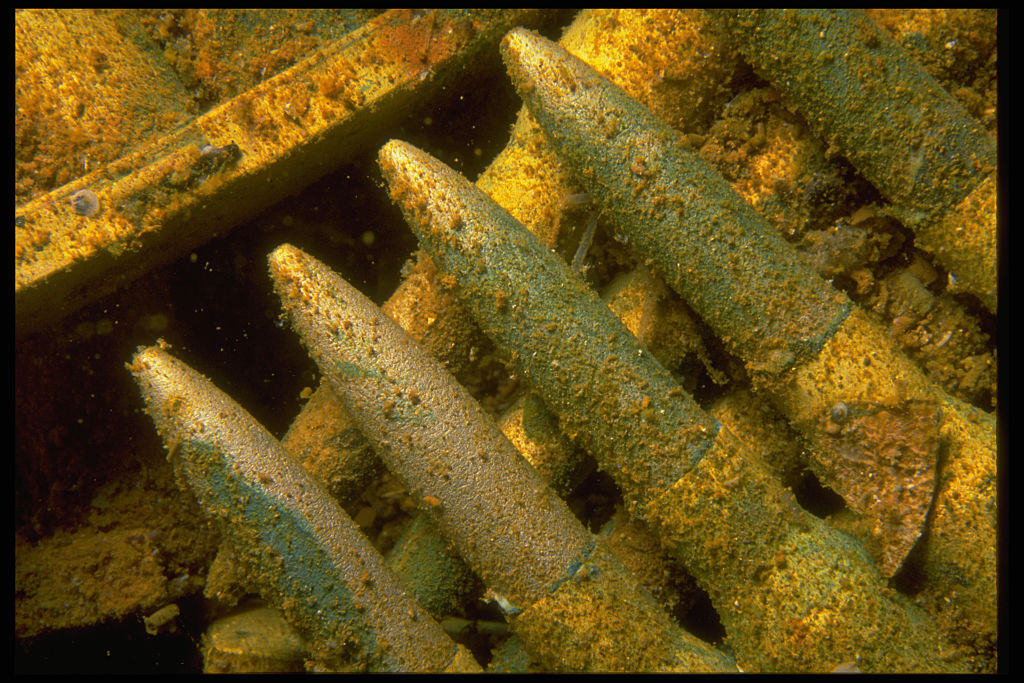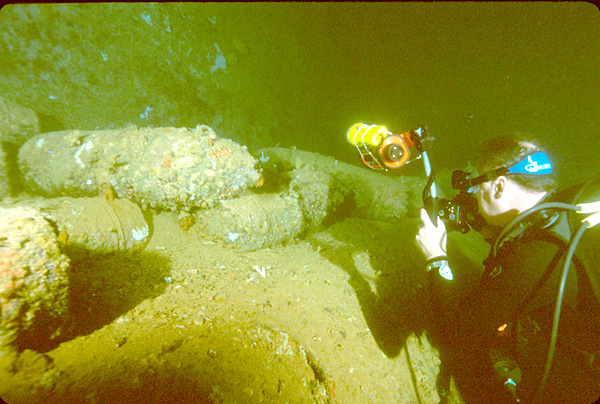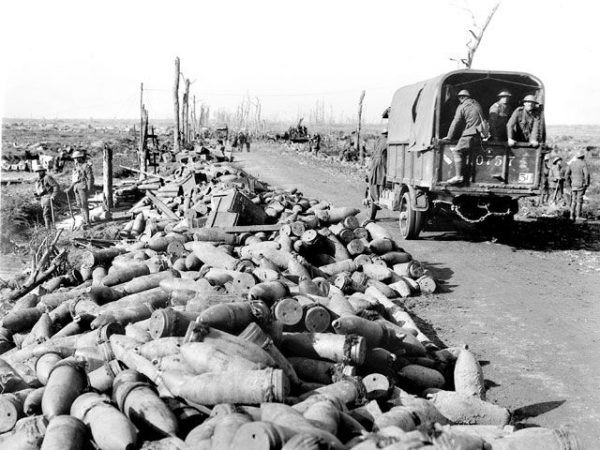Hundreds of Thousands Tons of Conventional Chemical Munitons in the Baltic Sea

Old munitions from the World Wars as well as more recent wars in the seas of Europe are still presenting danger to the public. Although these dangerous weapons, some of which are loaded with toxic chemicals, are still often found washed up on beaches around the world after they were dumped by the military there are still many more that have not.
The Irish Sea, the Adriatic Sea and the Baltic Sea are the worst areas of offence but the Baltic Sea has its own peculiar problem.
Located in the Atlantic Ocean, the Baltic Sea is bordered by Estonia, Finland, Denmark, Latvia, Sweden, Lithuania, Poland, Russia and northeast Germany. Its importance as a trade route both in antiquity and the present cannot be overstated. The sea is about one thousand miles long with an average depth of about one hundred and eighty feet.

Under the surface in its brackish waters that only allow certain species to thrive are almost forty thousand tons of chemical weapons and another five hundred thousand tons of conventional weapons that become toxic from corrosion that comes from being submerged for so long, according to Dr. Jacek Bełdowski from the Institute of Oceanology of the Polish Academy of Sciences on scienceinpoland.pap.pl.
Dr. Stanisław Popiel and his associates from the Military University of Technology in Warsaw, Poland have a project called “DAIMON (Decision Aid for Marine Munitions)”
It tells us they have identified two major dump areas, Gdańsk Deep just off the coast of Poland and Russia and Bornholm Deep, near Bornholm Island, Denmark. Chemicals such as sulphur mustard, chloroacetophenone, adamsite, nitrogen mustard and arsine oil 2 can still be found in the sediment at the bottom and deep currents transport these sediments to other parts of the sea.

Another of the many projects instituted for the cleanup of the Baltic Sea is CHEMSEA: Chemical Munition Search and Assessment headed by Marta Szubska at the Institute of Oceanology Polish Academy of Sciences · Marine Chemistry and Biochemistry Department.
According to researchgate.net, “CHEMSEA is a cooperation of leading scientific institutes and maritime decision makers established in order to assess and minimize risks related to sea-bottom activities near CWA (chemical warfare agents) dumping sites.
CHEMSEA will increase safety of underwater activities by defining guidelines and educating the relevant stakeholders and administrations.” CHEMSEA will be the first to completely identify and document all CWAs in the Baltic Sea using intelligent underwater vehicles and work together with other affected countries to safely neutralize or recover the weapons.
The Baltic Sea is unique in that while it is freshwater from the many rivers that flow into it, enough saltwater from the North Sea flows in to add salinity to the water. It is the newest sea on the earth having been carved out by glaciers only ten to fifteen thousand years ago and is almost completely closed.
The water near the surface is warmer than the bottom until spring or autumn when the seasons change. The sea is threatened not only by discarded ordinance but still suffers the effects of the Chernobyl nuclear power plant accident in 1986 as well as waste from industry, marine traffic and farming.
While strict regulations have been passed, the area is still being affected by pesticides, paint on ships that is designed to resist barnacles and algae as well as the problems of plastics and irresponsibly dumped pharmaceuticals that are killing our oceans.
Another Article From Us: Scientists Make Map Of 200-Foot Crater & Wrecks In Bikini Atoll Made By Nuclear Tests
All of these harmful substances travel through the food chain as the smaller marine life cannot metabolize the chemicals and spread it to the predator that eats it all the way up the chain to predatory birds and seals who eventually get sick from a weakened immune system and do not breed properly, according to the Baltic Sea Action Group at bsag.fi.
